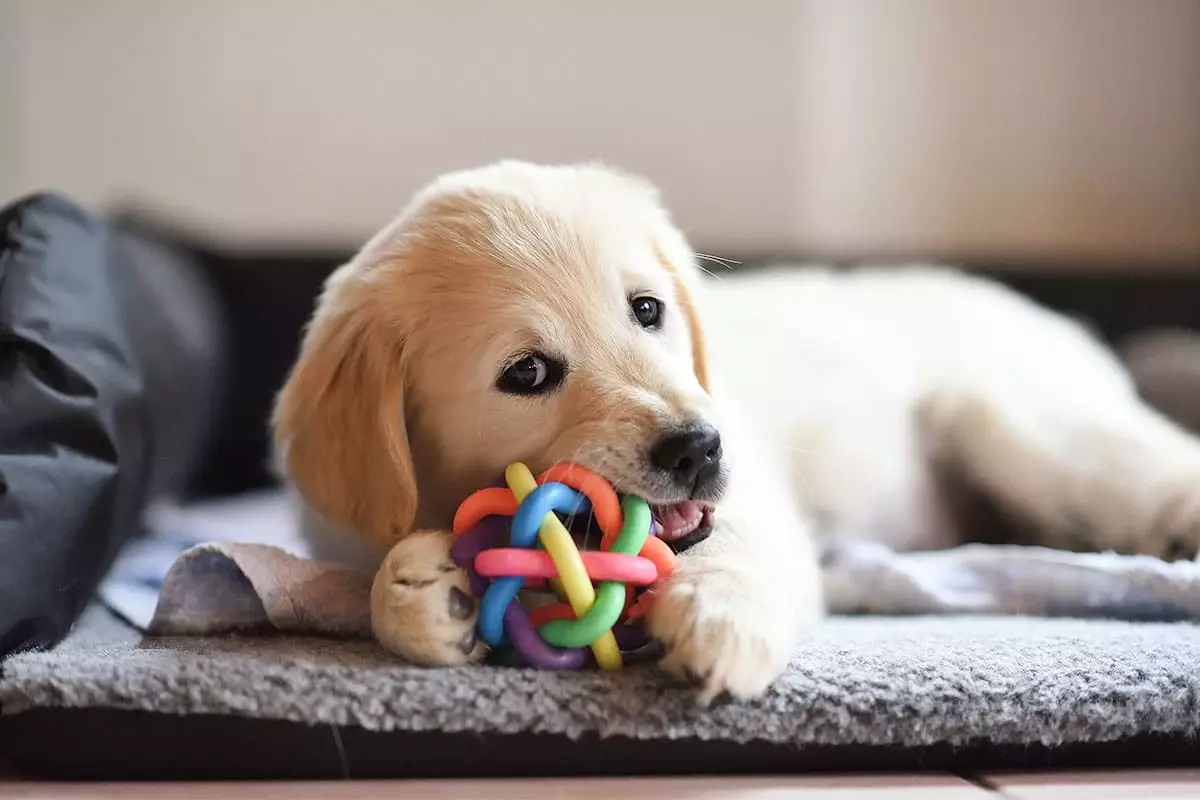If you’re a dog owner, you’ve likely experienced the amusing scenario of finding your furry friend’s beloved toy in the least expected places—like inside a laundry basket or nestled beneath a pillow. Beneath this whimsical behavior lies a tapestry of instinctual and emotional threads that showcase your dog’s inner rationale. Interestingly, the act of hiding toys is not merely a quirky habit; it is steeped in evolutionary significance. The ancestry of our domestic dogs reveals that their wild forebears depended on hiding their food and essential items as a survival strategy. Even though our pampered pooches now reside within cozy homes, this instinct remains intact, driving them to engage in hiding as a form of resource management.
Security and Ownership
Moreover, the act of hiding toys can also be interpreted as an assertion of ownership. Dogs possess an innate desire to claim their possessions, and by stashing away their toys, they communicate a simple, yet profound message: “This is mine.” For canines with multiple playmates, whether they are other dogs or even mischievous cats, safeguarding their treasures becomes a tangible expression of their sense of security. It’s as if they are proclaiming their territory, asserting that these cherished items should remain unchallenged within their domain. This behavior does not stem from aggression but from a deep-rooted need to feel safe in their environment.
Savoring the Excitement
Sometimes, the squeaky toy or plush animal evokes such profound joy in a dog that they can’t handle it all at once. Instead of destroying the toy in a burst of enthusiasm, they might choose to hide it away, much like saving the best bite of dessert for last. It’s an instinctive way to savor the moment, allowing them to relish in the excitement of owning something they adore. This ability to modulate their engagement with a toy reflects a level of emotional maturity and self-regulation that many people might not consider in their canine companions.
Strategic Planning and Future Play
Interestingly, some dogs demonstrate an intuitive sense of strategic planning when it comes to their toys. It’s reminiscent of tucking away snacks for later; they might not be ready to engage with a particular toy immediately but hide it away for future enjoyment. This foresight highlights their cognitive abilities, suggesting that dogs excel not just in impulsivity but also in planning ahead. The thoughtful act of hiding a toy demonstrates an advanced understanding of their own needs and the pleasures that await them in future play sessions.
Interaction and Engagement
Hiding toys can also serve as a clever means for dogs to elicit engagement from their human companions. They recognize that misplacing a favorite toy often leads to a playful search, effectively turning their simple playtime activity into a captivating game. Your dog might carefully craft this scenario to draw you into their world, where the thrill of the hunt becomes a joint adventure. This behavior exemplifies the remarkable bond between humans and dogs, showcasing their keen understanding of human psychology.
Providing Security for Anxious Dogs
For dogs that experience anxiety, hiding toys can be a coping mechanism, a way to create a little haven amid the chaos of their lives. When faced with changes, be it a new schedule or a move to a different home, they often turn to their toys as comfort objects. Burrowing them into secret spaces serves to establish a familiar aura of control, allowing these anxious canines a momentary retreat from their worries. The action of hiding becomes a personal solace amid turmoil.
A Symphony of Sensory Experiences
The act of digging, hiding, and rediscovering toys is not only a behavioral exhibit but a symphony of sensory experiences for dogs. They engage with varied textures, scents, and sounds, all of which contribute to their mental enrichment and stimulation. For dogs, the couch or a corner of the room transforms into a vibrant playground. Each time they bury or uncover a toy, it fuels their innate curiosity and keeps boredom at bay.
The Collective Culture of Playful Behavior
Dogs are natural mimics and often replicate behaviors that they observe in others. If one dog starts to hide a toy, it may inspire a playful frenzy among its companions. This collective behavior fosters a sense of community and camaraderie within the pack, demonstrating that play and the ensuing antics can become shared practices. The simple act of hiding a toy quickly evolves from an individual quirk into a delightful group activity, exemplifying the social nature of dogs.
A Spontaneous Expression of Joy
Ultimately, some dogs hide toys for no reason other than pure joy. This spontaneous, goofy behavior is a testament to their vibrant personalities and zest for life. They aren’t following a calculated plan or strategizing; they are simply capable of experiencing moments of happiness in their own playful, whimsical way. In such instances, it’s important to embrace these charming eccentricities, appreciating the joy they bring into our lives and recognizing that these seemingly ridiculous acts are emblematic of the unique spirits that make our dogs so lovable.

